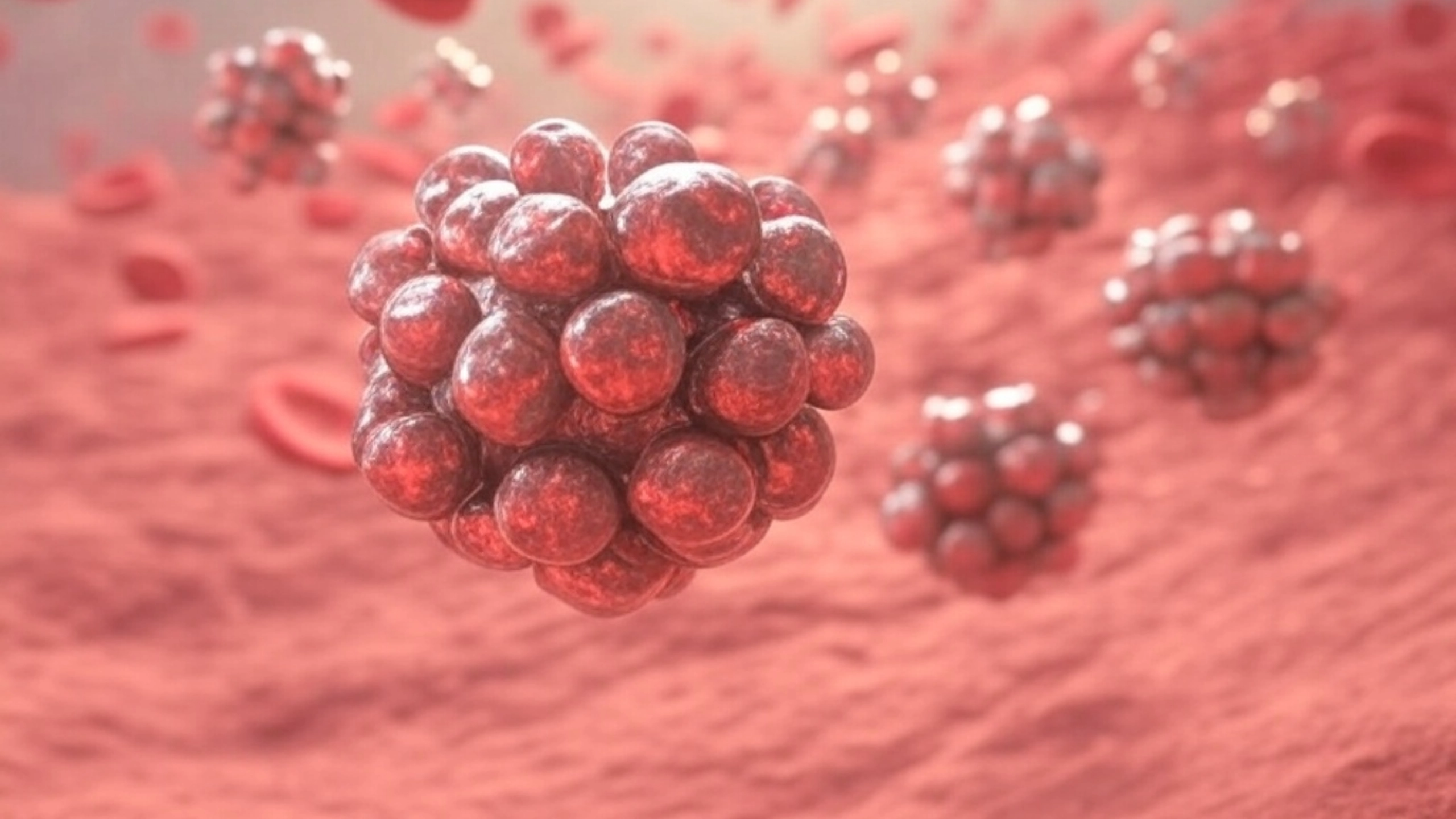Testosterone – it’s been a hot topic since, well, forever. Think of it like the star quarterback of the hormone team, but lately, scientists have discovered it’s not a solo act. The story of “T” is more like a thrilling trilogy, with three key characters: free testosterone, bound testosterone, and the newcomer, albumin-bound testosterone.
The Cast:
Total Testosterone: This big kahuna represents all the “T” floating around in your blood, both the free agents and the ones hanging out with protein buddies.
Free Testosterone: This nimble ninja makes up a small squad (only 2-3%) and can directly interact with cells. Think of it as the action hero everyone knew about.
Albumin-Bound Testosterone: This chilled crew (50-60%) is loosely attached to a protein called albumin, but they can quickly jump in if needed. Think of them as the strategic reserve force.
SHBG-Bound Testosterone: This tightly bound group (30-40%) is stuck with a protein called SHBG, limiting their action like knights in heavy armor. They’re strong but not as quick on their feet.
The Bioavailable Alliance:
Remember the free testosterone hero? Turns out they need some backup. Bioavailable testosterone is the real power couple, teaming up the readily available free T with the agile albumin-bound crew. This dynamic duo plays a key role in various missions:
- Muscle Mission: Bioavailable T helps build and repair muscles, making you stronger and leaner.
- Bone Defense: It keeps your bones strong, warding off osteoporosis like a superhero shield.
- Love & Reproduction HQ: This T tandem is crucial for both men’s and women’s sex drive and fertility.
- Mind & Mood HQ: Early intel suggests it might even influence your mood, energy, and thinking skills.
The Plot Twist:
The ratio of free to albumin-bound T can change depending on things like age, health, and even medications. It means the story isn’t one-size-fits-all. To get the full picture, doctors might consider:
- Free T: Checking the readily available troops.
- SHBG levels: Seeing how strong the SHBG “armor” is holding the bound T.
- Bioavailable T calculations: Getting a complete picture of the active force.
The SHBG Factor:
SHBG is kind of a big deal when it comes to hormones. It not only binds with testosterone but also with estradiol, which is the strongest type of estrogen.
- Higher SHBG: More testosterone and estradiol get locked up by SHBG, leaving less “free” to do their thing. It can be linked to lower sex drive and energy levels in both men and women.
- Lower SHBG: More testosterone and estradiol are free to roam, which can sometimes impact mood, fertility, and other functions.
The relationship between SHBG and estradiol is certainly interesting, but it’s not as straightforward as simply saying higher SHBG equals higher estradiol and vice versa. While it’s true that SHBG binds to both testosterone and estradiol, the impact on overall levels can be more nuanced:
Higher SHBG:
- Can: Lead to lower free estradiol levels, as more estradiol gets bound to SHBG and becomes less available to cells. However, total estradiol (bound and unbound) might not necessarily decrease proportionately.
- Doesn’t necessarily: Guarantee lower sex drive or energy levels. While this is a possible outcome, other factors like individual sensitivity and remaining free estradiol levels play a role.
Lower SHBG:
- Can: Lead to higher free estradiol levels, as less estradiol is bound to SHBG and more is available to cells. However, total estradiol might not increase significantly either.
- Doesn’t necessarily: Guarantee specific impacts on mood, fertility, etc. Individual circumstances and the interplay with other hormones influence these outcomes.
Here’s what’s key to remember:
- Individual variability: The effect of SHBG on estradiol and vice versa varies greatly between individuals due to factors like age, health conditions, and genetics.
- Looking beyond absolute values: While free estradiol levels are more important than total estradiol in terms of potential effects, a holistic assessment also considers other hormones and individual health concerns.
Remember, it’s all about balance. While SHBG plays a part, numerous factors influence your hormones, including age, health conditions, and even medications. This means the ratio of free to albumin-bound testosterone can change, making the story unique to each individual.
Final Notes:
By understanding the free, bound, and bioavailable testosterone players, we can move beyond the old script and appreciate the fascinating complexity of this vital hormone’s role in our health.
It’s important to keep in mind that the information provided is for general knowledge only and should not be considered as medical advice. For personalized guidance on your testosterone levels, speak with one of the IAM doctors.



